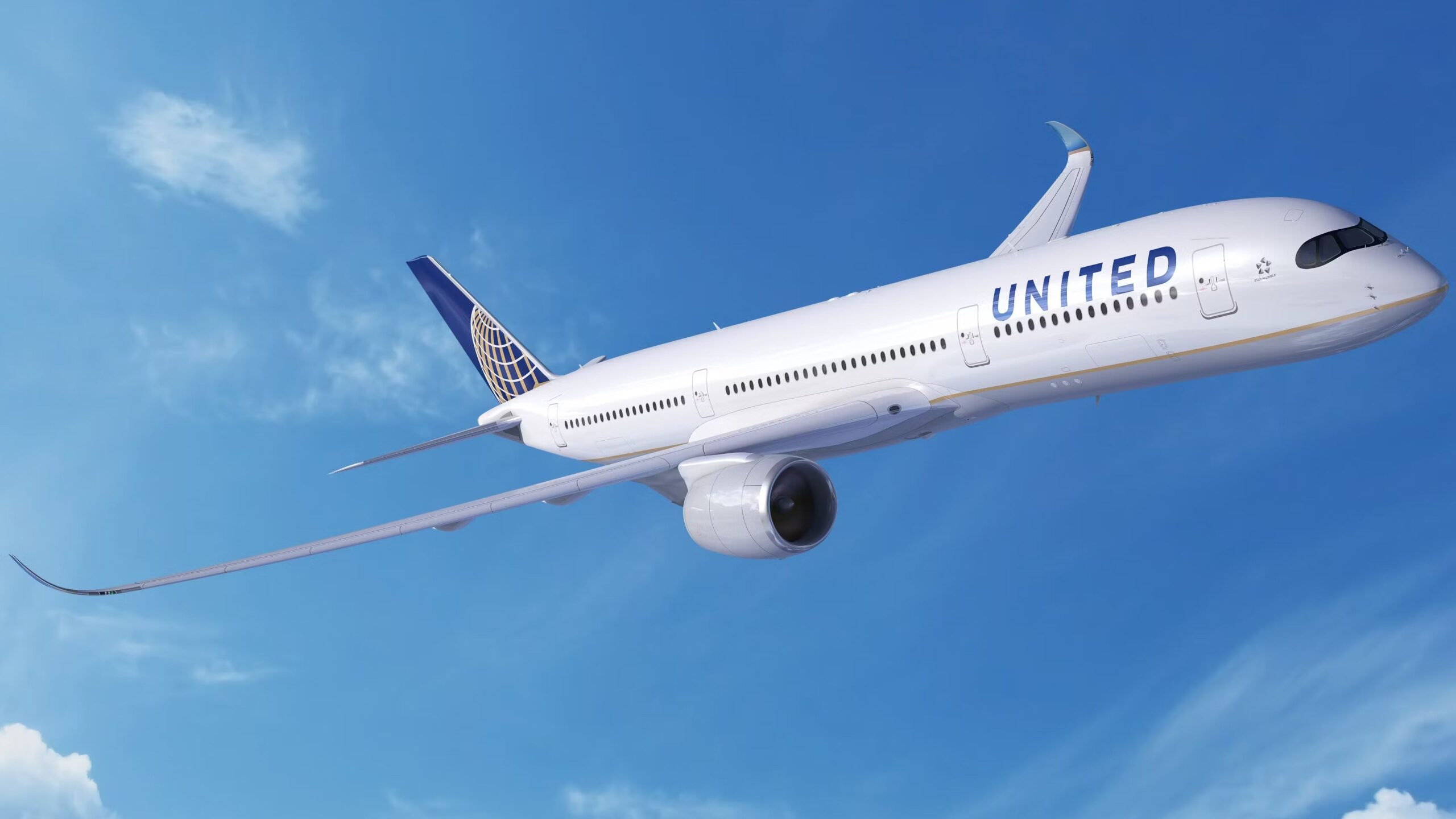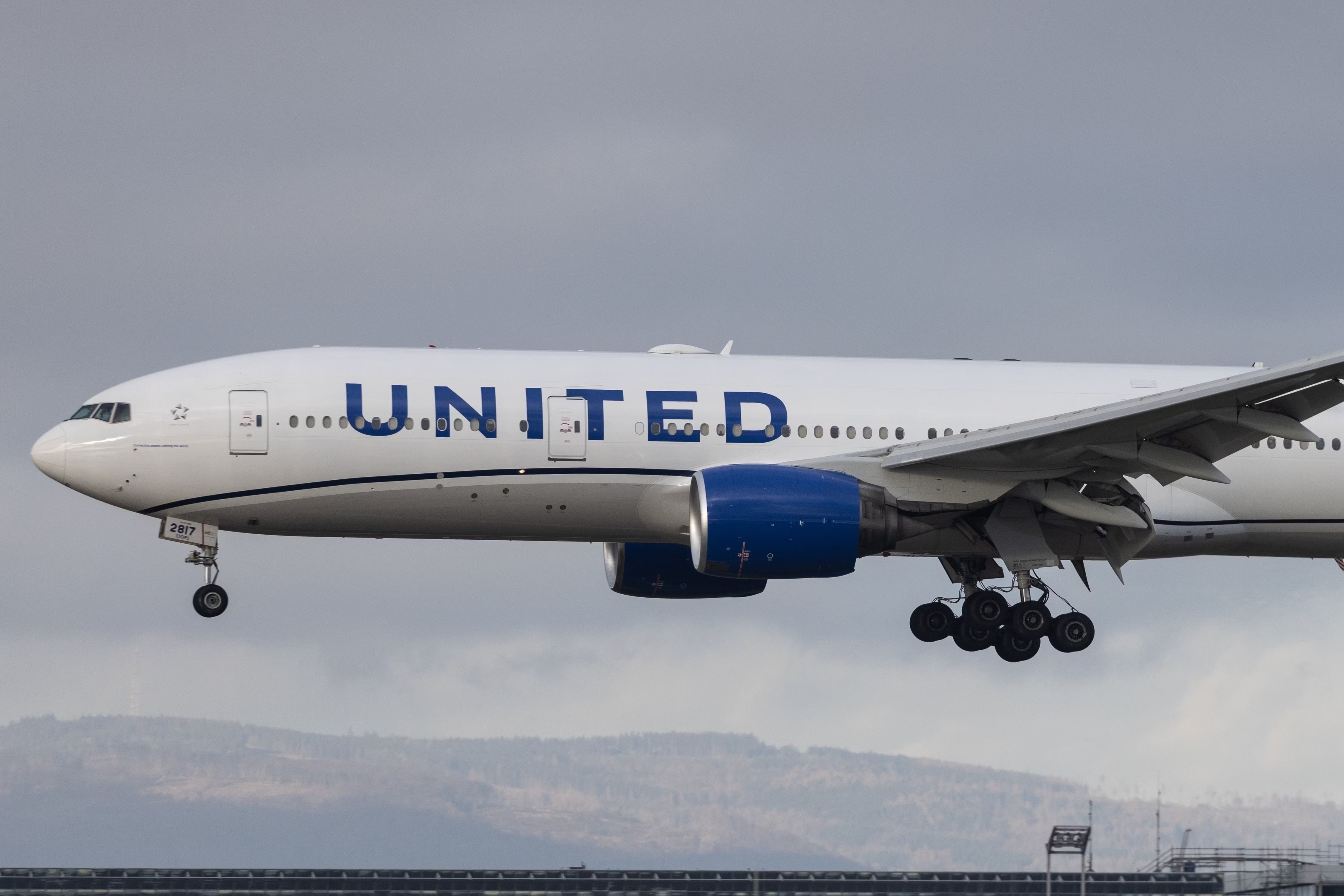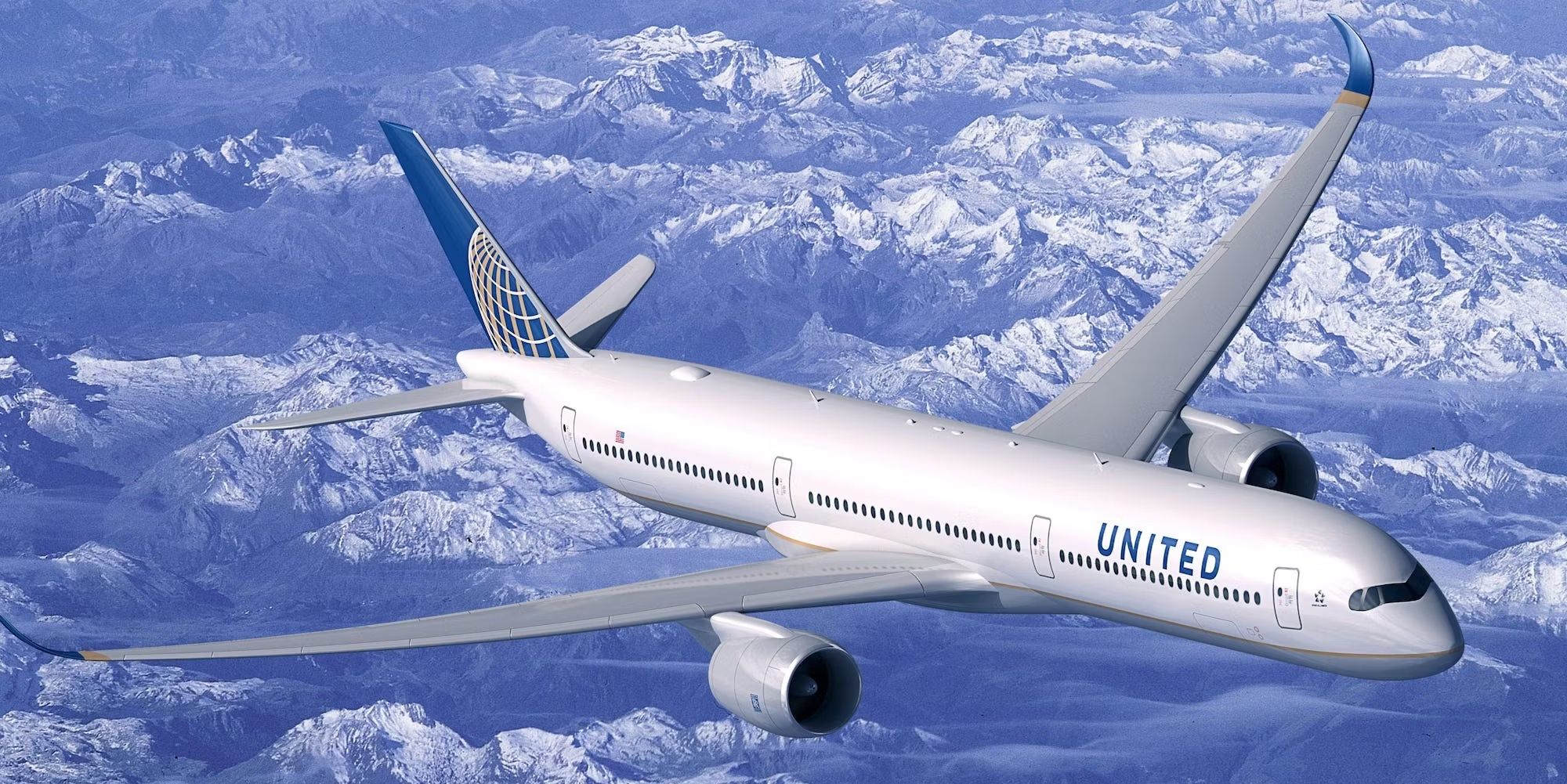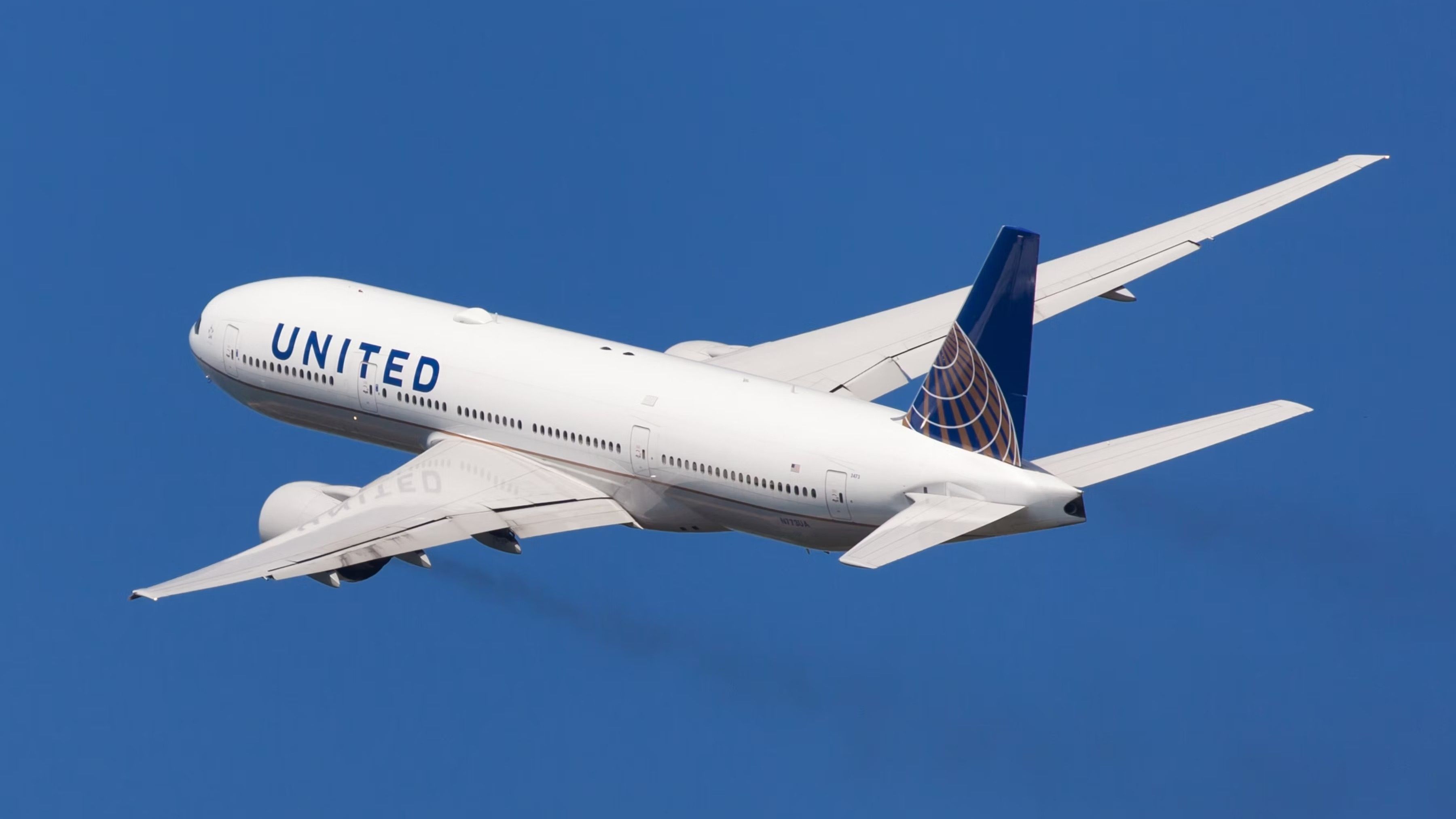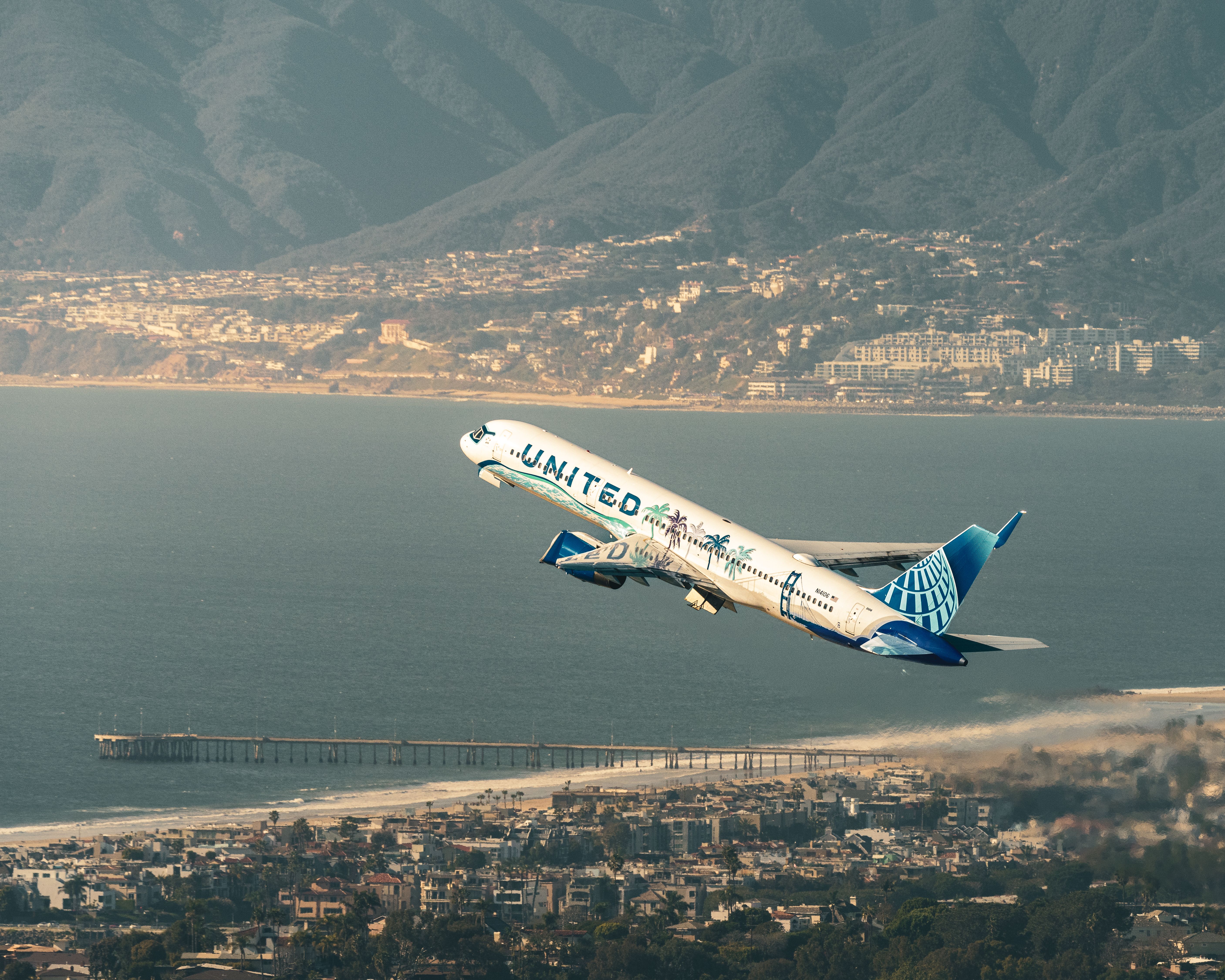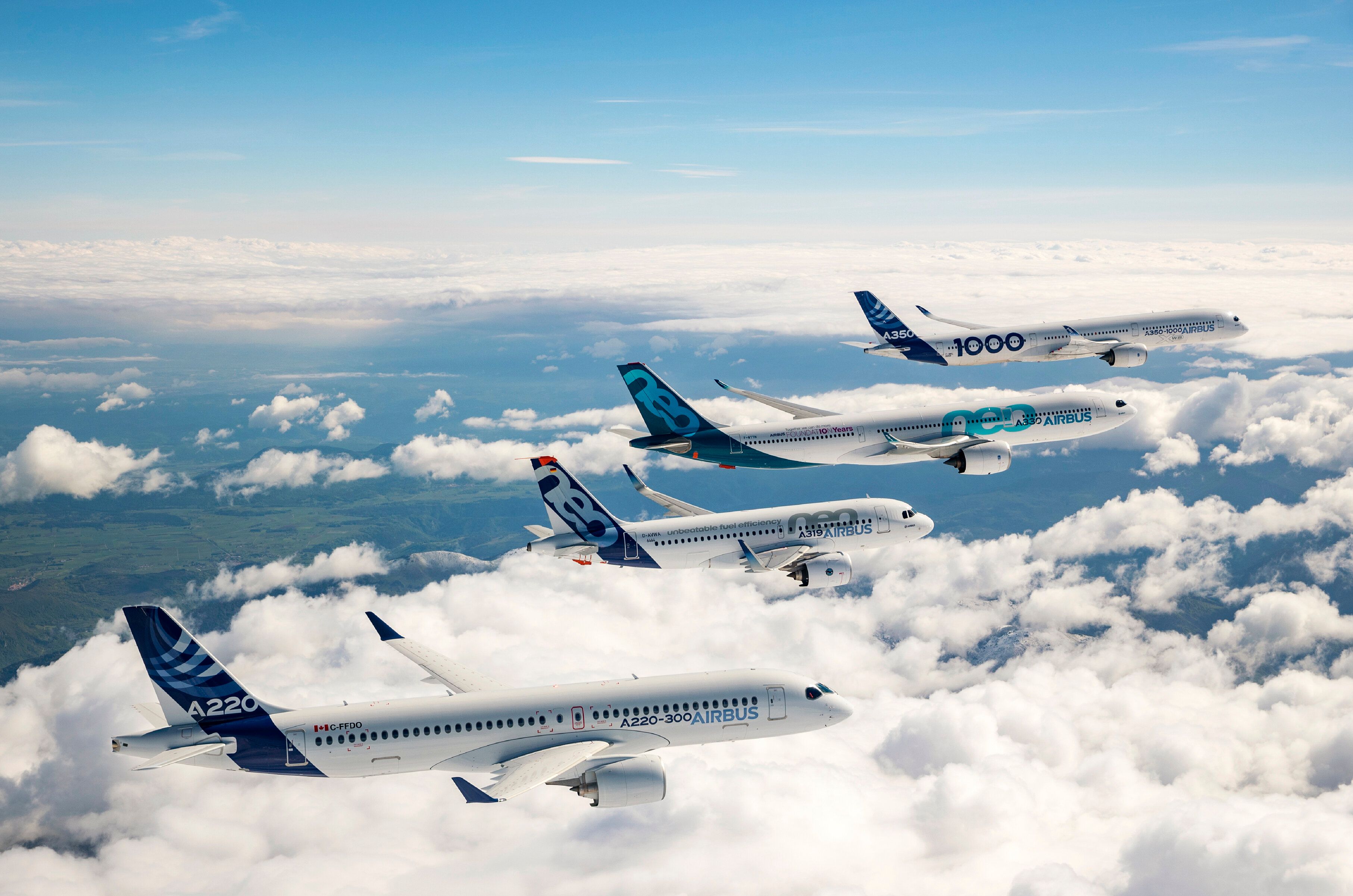Summary
- United Airlines’ order for 45 A350-900 jets is crucial for Airbus, as it demonstrates the airline’s intention to replace older 777 jets, giving Airbus a victory over Boeing.
- The partnership with United is vital for Airbus to strengthen its foothold in the US market and be recognized as a legitimate threat to Boeing in the high-capacity market segment.
The success of widebody programs is often what defines aerospace manufacturers. For Airbus, the success of the carrier’s widebody operations hinges almost entirely upon a single aircraft type. While the Airbus A330neo is certainly a modern widebody, it is not a cutting-edge clean-sheet design and is essentially just an upgraded version of what is almost a 30-year-old airframe. Furthermore, the A330neo’s success in the sales department has been lackluster, lagging behind the Boeing 787 Dreamliner by almost a factor of six.
Of course, it is the Airbus A350 that defines the European consortium’s widebody offerings and the aircraft that will define the success or failure of its widebody program in the decade to come. With 45 A350-900 jets on order, United Airlines could prove the critical customer for defining the Airbus widebody’s long-term success. Let’s take a deeper look at the importance of this order.
Some brief context
In 2010, United Airlines first placed an order for the clean-sheet widebody and would later order even more of the type. By 2017, however, it had become clear what United wanted to use the aircraft for. The carrier delayed the aircraft’s delivery until 2030, demonstrating a clear intention to replace older 777 jets with the A350. This isn’t an unusual strategy for United, which did something very similar by delaying its purchase of the 777-300ER.
Photo: Kevin Hackert | Shutterstock
Here, Airbus gained a large victory. A legacy Boeing 777 operator had determined the A350 to be a better replacement than the Boeing 777X for its largest widebodies. While Boeing’s latest massive jet has failed to garner orders from more than just a handful of carriers, the A350’s backlog continues to grow.
The A350’s success in this market segment comes as a victory for Airbus, who have been able to balance the tables after Boeing took control of the mid-size long-haul market with the 787 Dreamliner. Now, while Boeing dominates the 200-300 passenger segment, Airbus is capturing the high-capacity long-haul market.
The importance of American legacy carriers
For Airbus, it has always been challenging to get the three major American legacy carriers to order its widebody jets over those manufactured by Boeing. Unsurprisingly, US-based companies are quick to favor those produced by an American manufacturer. While both American Airlines and Delta Air Lines inherited Airbus A330 jets after mergers, only Delta continued to order Airbus widebodies.
Photo: United Airlines
In Delta, Airbus has found a partner willing to continually purchase widebody jets. The carrier has repeatedly shunned Boeing’s offerings, ordering the A330neo over the 787 and purchasing the A350 while retiring its 777s early.
But Delta is just one piece of a very complicated puzzle, and without the support of another legacy carrier, Airbus’s widebody program didn’t have all that strong of a foothold in the US market. The issue was further exacerbated when American Airlines canceled an order for the A350 it had inherited from US Airways.
Photo: Santi Rodriguez I Shutterstock
Thus, the linchpin of Airbus’s widebody offerings is United. By placing an order for the jet and planning to replace its 777s with the A350, Airbus has established a strong partnership with a second US legacy carrier, critical for strengthening its position in the market. As a result, Boeing has recognized Airbus as a legitimate threat in the US market and will need to streamline the development of the 777X in order to compete in the high-capacity market segment effectively.

